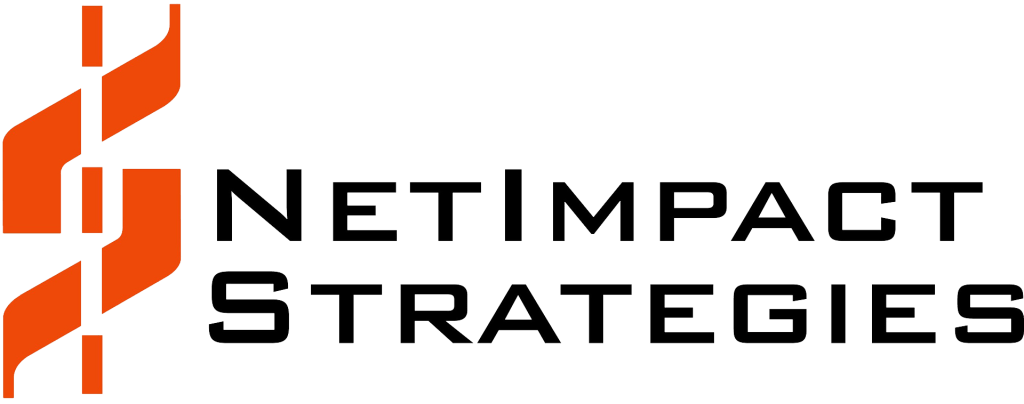Paper-Based Government Forms Cost Federal Agencies $37.8B
Government’s relationship with paper and PDF based practices is a love affair that undermines the processes they were designed to serve and it’s costing us. A 2022 U.S. Chamber of Commerce report reveals that “at the federal level alone, government agencies combined spend nearly $143 billion on information collections every year.” The study also showed that from 2021 – 2022, the public spent about 10.5 billion hours in paperwork alone. Generalizing based on the amount of American citizens over the age of 18, this means an adult in the U.S. spends over a week’s worth of time completing government paperwork alone. Contextualizing that time within the average PTO granted, Americans are spending more than half of their vacation time on government paperwork – and this does not even begin to cover internal operations driven by these manual processes.
NARA discovered considerable cost differences between paper and electronic records management
| Paper-Based | Electronic | Paper-Based documents cost… |
| $2 | $0.50 | …300% more to file |
| $20 | $1 | …1,900% more to store |
| $120 | $0.25 | …47,900% more to retrieve |
Relationship Red Flags
In today’s digital age, the continued reliance on these analog practices not only slows down processes but also increases the risk of errors and miscommunication and is becoming a worsening hindrance to efficient and effective operations. According to the National Archives and Records Administration, the federal government generates over 80% of its records electronically, yet less than 1% of those records are managed electronically. This means that the vast majority of government records are still being printed, filed, and stored in physical form, leading to significant costs in terms of time, money, and resources. This is compounded by the quantifiable costs of menial and tedious tasks, particularly those due to poor data management, which can amount to 19 working days per year per employee. Our paper love affair is draining the bank.
Just as an immature and demanding relationship takes its emotional toll on us, these outdated practices not only no longer serve us in the digital era, they cost us the intangibles and hurt the most valuable asset we have: people. The time sap from laborious tasks with no direct connection to meaningful work and frustrations from these inefficiencies contribute heavily to the burnout culture endemic to the corporate world. It’s time to upgrade our relationship with processes in a way that is compatible with fast-paced modernity and conducive to collaboration. With ample automation options at our literal fingertips, we can begin to move on by curating a new “match list” that helps us along the modernization journey.
“Swipe Right” Criteria
Can the replacement keep up? We are an ambitious nation. And although the federal workforce’s to-do lists have grown over time, time itself has not expanded. Mission support means government continues working against the very real constraints of the hours available in a day despite the increased amount of responsibilities. Our “match” must be able to keep up with today’s fast-paced world, where government needs to be able to access and share information quickly and easily – without manual redundancies. Our paper replacement need versatility to cover the diversity of business processes it can support, comprehensiveness in meeting end-to-end workflows, and simplicity in UI/UX design to allow quick actions and smart automation.
Is the replacement collaborative? Collaboration tools like have become increasingly popular in recent years and the global pandemic, along with its aftermath, demonstrated the criticality of tools that support asynchronous collaboration and a dispersed workforce. MeriTalk’s 2020 survey found that 84% of federal employees used collaboration tools such Microsoft Teams, Slack, and Zoom and IDC Government Insights, in partnership with Cisco, estimated that the use of these tools could save the federal government $1.2 billion a year in productivity gains. Replacing analogue processes will require thoughtful planning around data collection, quality, management, security, and governance to truly digitalize processes in a way improves process performance and operational efficiency. Our paper replacement should facilitate the collaboration through designs that consider overall security, role-based access built around need-to-know, accountability through audit trails, and features that provide transparency to statuses, action items, and prioritization.
Life Changing and Care Changing through MHS GENESIS
Defense Health Agency’s (DHA’s) deployment of DoD’s new Enterprise Health Record (EHR) system’s Military Health System (MHS) GENESIS, based off Cerner EHR, is expected to complete full deployment in December 2023. MHS GENESIS allows healthcare providers across the military healthcare system to access and share patient information in real-time. The new EHR replaces several legacy systems, consolidating their use, and improves collaboration among healthcare providers. With comprehensive view of patients’ medical history, including a planned integration with VA’s Cerner Oracle Millennium to cover the service member to veteran transition, and telehealth capabilities, MHS GENESIS improves both the continuity of care and quality of care for beneficiaries. Healthcare providers can make informed decisions using a centralized source that contains integrated and up-to-date health data and expand their ability to provide and administer care because MHS GENESIS has enhanced collaboration capabilities such as remote clinical consults, bi-directional patient engagement, secured care team communication space, and standardized clinical and business processes.
Can the replacement get with our friends? The federal IT ecosystem can be complex and massive, with the technology landscape varying from agency to agency. Identifying solutions that are already compatible with the pre-existing ecosystem and integrate well with future architectural direction is crucial to usability and sustainability. Introducing anything new into the environment introduces a risk. In order to avoid creating new problems in an attempt to solve the old, government must evaluate potential improvements with the goal of creating a frictionless digital environment: Will the digital replacement create IT redundancies and data duplication? How much additional manual tool switching is required of my workforce? What does the learning curve and adoption challenges look like? How does this integrate into my ecosystem in a way that does not create conflicts in IT and business functions? What is extensible and how do those costs fit in my roadmap?
Is the replacement cost-effective? McKinsey purports that digitizing information-intensive government processes can reduce costs by 90% resultant from the expense and time savings associated with automating manual processes, improving workflow speed towards decision points, enabling real-time information sharing, and leveraging customer self-service features. However, implementations gone awry can lead to major failures and unplanned financial burden. GAO identifies “Improving the Management of IT Acquisitions and Operations” as a High Risk Area, with 400 recommendations still open to be addressed in correcting our management of federal IT investments that “too frequently fail” and Harvard Business Review reported an average of 27% projects incur cost overruns and more than 70% of projects incur schedule overrun. As we progress into the next phase of the digital renaissance that create an overabundance of technology innovations transforming how we live and work, it is becoming more and more important to make perspicacious decisions that consider the true cost of our investments and realistic return on investment (ROI).
Relationship Green Flags
By ending its love affair with paper and swiping right on modern matches that promote collaboration, government can enjoy significant cost savings, increased productivity, improved data quality, and greater transparency. Ready for a healthy love? Contact us for a demo on DX360°® Workflow Engine – Enterprise, a SaaS product that provides agencies with a user-friendly, configurable tool to automate, improve, and optimize any mission workflow so they can finally move on from paper, PDF, and email processes. Eight essential processes are ready-to-us upon install, including Data Call Management and Rulemaking. True business transformation and over 25% increase in job satisfaction are waiting to be unboxed with results sweeter (and healthier) than those milk chocolates from Trader Joe’s.
DX360°® Apps Make You Feel GUI Inside
NetImpact is a digital transformation disruptor solving today’s challenges for our clients while readying them to capitalize on tomorrow’s opportunities. Our Trusted Advisors understand that government is operating in an age of disruption on several fronts, with increasing pressure to deliver more mission outcomes with less resources. We created the PlatformFirst® model for our clients to realize the full benefit of their existing platform investments – reducing application development costs, streamlining security accreditation efforts (up to 90% reduction in per-application costs), and simplifying the adoption experience. NetImpact’s portfolio of powerful, yet easy-to-use DX360°® products are trailblazing, mission-ready solutions built directly on the platforms agencies already use. As the largest independent software vendor, with three product lines and 17 DX360°® apps across the ServiceNow Store and Microsoft AppSource designed from decades of experience driving successful mission outcomes, NetImpact transforms operations with high-performance, secure digital solutions.
Ready for love again? We’re ready for you: demo@netimpactstrategies.com



